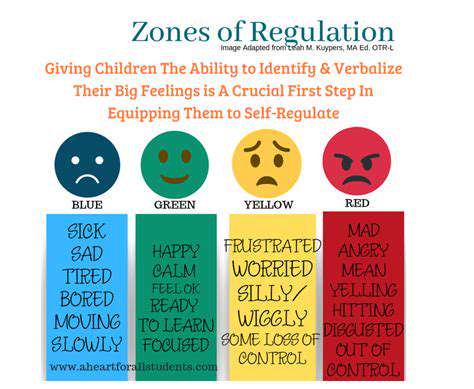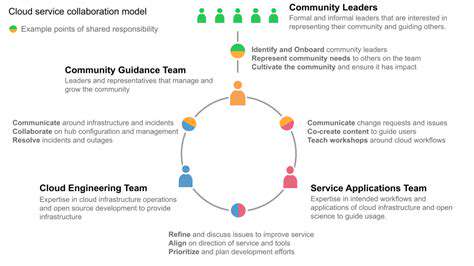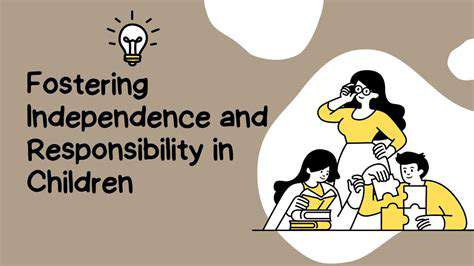How to Use Real Life Scenarios to Teach Financial Skills to Kids
Managing Allowance and Chores: Practical Application of Earnings
Establishing a Clear Allowance System
A well-defined allowance system is crucial for teaching children about financial responsibility. It's not just about handing over a fixed amount each week; it's about establishing clear expectations and understanding the value of money. This involves creating a detailed list of chores and assigning a monetary value to each one. Parents should explain the reasoning behind the assigned values, making sure the child understands the time and effort required for each task. This transparency fosters a sense of fairness and encourages a deeper appreciation for the work involved in earning money.
Open communication is key. Discuss the allowance with your child, explaining how the money can be used and what responsibilities come with receiving it. This could include saving a portion, contributing to family expenses, or purchasing desired items. Involve them in the decision-making process, allowing them to contribute to the chore and allowance structure. This participation fosters a sense of ownership and encourages responsible financial habits in the long run.
Chore Assignment and Expectation Setting
Chores should be age-appropriate and contribute to the smooth running of the household. Simple tasks like making their bed, tidying their room, or helping with meal preparation are excellent starting points. As children grow older, chores can become more complex, such as helping with laundry, vacuuming, or yard work. Each chore should have clearly defined expectations and a timeframe for completion, ensuring the child understands the required level of effort and how their contributions benefit the family.
It is important to avoid assigning chores as punishment. Chores should be seen as a normal part of family life and a way to teach responsibility. Consistent reminders and positive reinforcement are crucial. A child who consistently completes their chores, with the proper effort, should be praised and recognized for their hard work. This positive reinforcement helps them build confidence and a strong work ethic.
Tracking Earnings and Budgeting
Implementing a system to track earnings and expenses is essential for fostering financial literacy. Simple tools like a notebook, a spreadsheet, or a dedicated budgeting app can be used to record allowance amounts, chore completion, and spending. This visual representation helps children understand where their money is going and encourages them to think critically about their spending habits. Regular review of the records is crucial for monitoring progress and identifying areas where adjustments might be needed.
Teaching budgeting skills is an important component of this process. Explain the concept of saving, spending, and giving. Encourage your child to set financial goals, whether it's saving for a specific item or contributing to a charitable cause. This will help them learn the significance of delayed gratification and long-term financial planning.
Rewarding Effort and Encouraging Savings
Recognizing and rewarding effort is crucial for motivation and fostering a positive relationship with earning and saving. Celebrate milestones, such as consistently completing chores or saving a significant portion of their allowance. Rewards can be tangible, like a small treat or a special outing, or intangible, like verbal praise and acknowledgment. This positive reinforcement encourages continued effort and strengthens their connection to financial responsibility.
Encouraging savings is an important aspect of financial education. Guide your child in understanding the importance of saving for future goals. Consider offering matching savings programs where you match a portion of their savings, or open a dedicated savings account for them. This practical application of saving will help in the long run.
Read more about How to Use Real Life Scenarios to Teach Financial Skills to Kids
Hot Recommendations
- Efficient Study Habits for Middle Schoolers
- How to Foster Cooperation Between Co Parents
- Best Education Techniques for Children with Autism
- Supporting Special Needs Kids: Strategies for Education and Companionship
- How Can I Improve Early Childhood Learning at Home?
- How to Navigate Different Parenting Styles Together
- How to Create Consistency with Positive Discipline Techniques
- Step by Step Guide to Positive Behavior Management
- Tips for Encouraging Social Skills in Children with Autism
- How to Support Special Needs Children at Home











